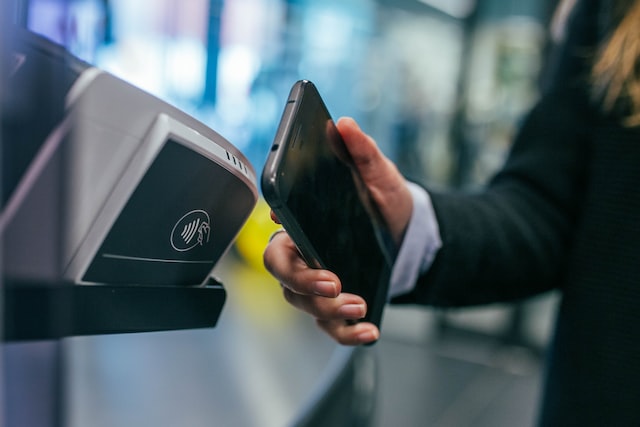These days, online shopping is an incredibly easy and virtually effortless endeavor. Most of the time, you’re just a few clicks away from completing another purchase, be it a new pair of shoes, some handy gadgets for your house, or beauty products endorsed by internet celebrities.
According to Statista, in 2021, retail e-commerce sales amounted to approximately $4.9 trillion worldwide.
Observing how people use the internet to save money and watching the top ecommerce trends allows online retailers to come up with new methods of encouraging their customers and prospects to shop more.
One of the best things both online and traditional retailers can do is offer a wide range of safe payment methods. However, limited options to pay for their purchases may cause some clients to abandon their carts or move on to shop from a competitive brand.
In today’s busy and competitive market, ensuring various secure payment methods is one of the most reliable ways to see your business thrive. Still, you need to be smart with your choices.
Top 4 Safest Payment Methods
Read on to learn more about the four trustworthy options that will ultimately help you generate more revenue.
Credit Cards
In many situations, whether you’re shopping online or at a traditional brick-and-mortar store, using a credit card may be the best option. Many people prefer credit cards over debit cards because they offer much greater fraud protection.
For instance, fraudulent transactions made with a credit card won’t be deducted straight from your bank account. In many cases, if you contact your bank right after noticing an unauthorized transaction, you may be able to limit your liability significantly.
Gain Extra Protection Using A VPN
Furthermore, completing a credit card transaction is relatively similar on most websites, so you won’t need to worry about being unable to understand how to pay for your purchases.
If you want to make the process of shopping with a credit card in hand extra secure, you can also use a VPN while browsing different sites.
Additionally, always check the online shops that you visit for security features, such as the padlock symbol in the URL bar.
Payment Apps
If you prefer to do your shopping in person, digital wallets that store all the necessary details in an app may be one of your best friends. In most cases, you only need to log into the app and enter a passcode that is known to you only.
These apps eliminate the need to open your banking app as well and thus limit the number of steps required to complete a single transaction.
Some popular apps intended to be used as digital wallets include Apple Pay, Google Pay, and PayPal.
Access To Quicker Payments
Once you start using them, you won’t want to go back to scouring your traditional wallet in search of loose change when there’s a line of people waiting impatiently behind you.
There’s no need to worry about security, as measures such as passcodes, authentication processes, and notifications that will pop up on your smartphone can be set up without much effort. Payment apps are fast, convenient, and incredibly easy to use.
Prepaid Cards
Prepaid cards are helpful on websites that don’t accept digital wallets or for people who simply aren’t interested in using them.
They can easily get a prepaid card from their nearest grocery store or gas station and use the money on the card to pay for their transactions.
Protect Your Identity
Another advantage of prepaid cards is the fact that they make it much easier to protect your identity online. Your bank account has nothing to do with the purchases you make using a prepaid card, so there’s no need to worry about fraud or identity theft.
Of course, this doesn’t mean you don’t need to stay careful and check the websites you visit for security measures. Furthermore, you can reload your card in a store or via a direct deposit from your bank.
Voice Payments
The world of online payments is undergoing constant changes, with innovations being introduced quite regularly, and now you can also authorize your transactions using your voice.
More and more people are equipping their homes and businesses with voice-activated devices such as Alexa, Google Nest, or Amazon Echo, which can be easily used to authorize and process payments without the need to leave the comfort of your couch.
No Need For A PIN Number
These devices can recognize different verbal requests, act on them, and do all the work for you.
With voice technology, there’s no need to remember your PIN number or even move your finger. All you need to do is speak up and let the device of your choice know what needs to be done.
In Summary
Whether you’re a business owner trying to establish your brand on the market or a customer who enjoys shopping around, ensuring that your transactions are completed safely is imperative.
For example, those who want to feel extra secure can use a credit card which makes it easier to resolve any issues should you become a victim of fraud.
Payment apps are a good option to make quick purchases in person, while prepaid cards work well if a website you shop from offers limited payment options or you simply want to stay more anonymous.
Voice payments are possible thanks to voice-activated devices and make completing transactions incredibly effortless.
With so many safe and reliable payment options to choose from nowadays, there’s no reason why you shouldn’t try them all out and see which ones work best for you.
